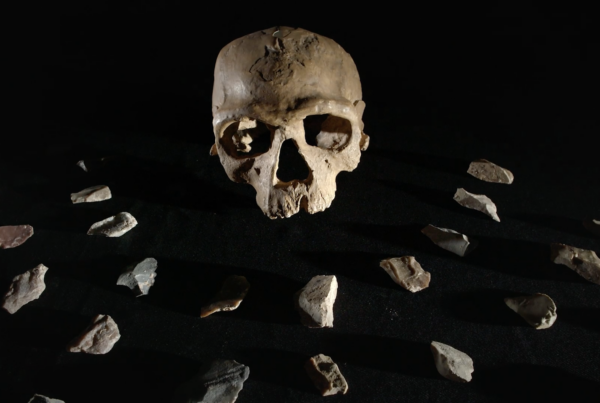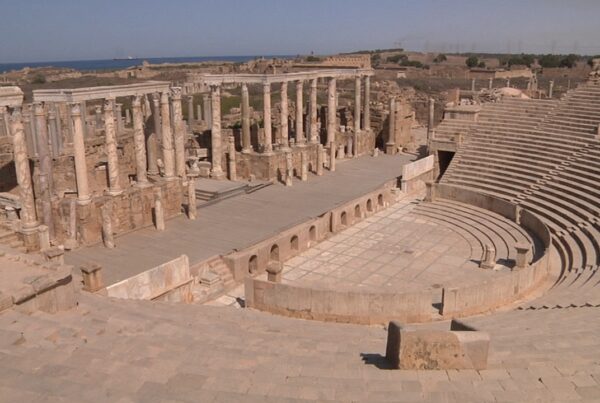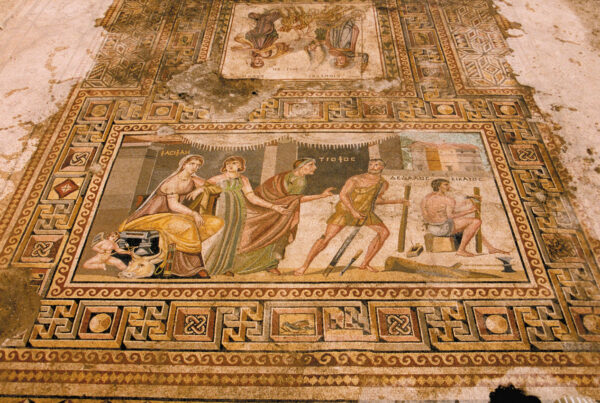This documentary is dedicated to the history of gnomonics, a branch of science dealing with sundials.
The oldest sundial dates from 1300 BC; it has been discovered in Palestine. According to Herodotus, the Greeks adopted the use of the sun stick from the Babylonians and dubbed it the gnomon. This is also the name of a branch of astronomy, out of which the modern science of geography evolved. Nevertheless, gnomonics has to do with the theory of sundial construction, and incorporates various elements of mathematics and geography. The oldest and most valuable sundial in Serbia dates from Roman times. It was discovered in the ruins of ancient Sirmium. It was made in the 1st or 2nd century AD and is made up of three marble statues. The medieval clock chiselled on the southern wall of the Notre Dame Church at Studenica Monastery dates from the time of St. Sava.
Chronologically presenting the evolution of gnomonics in Serbia, this documentary stresses their diversity and beauty, chief characteristics of the sundials from the beginning. Particular attention is paid to the horizontal sundial in the southern Serbian town of Kraljevo, one of the largest in Europe. Its dial is actually a circular city square 70 m. across. The monument to Serbial soldiers killed during World War I, 14,5 m. high, serves as gnomon.
Professor Milutin Tadic, Ph.D., one of the very few contemporary sundial makers, explains the construction process, as he creates a sundial on the wall of an elementary school in Serbia.
- Direction: VIOLETA NEDANOVSKI
- Production: RADIO TELEVISION OF SERBIA







